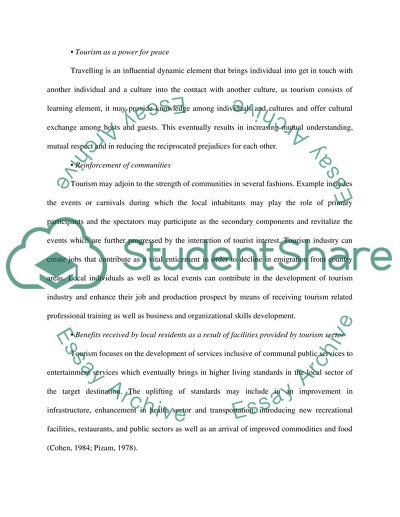Cite this document
(“Social Impact of Tourism Essay Example | Topics and Well Written Essays - 1500 words”, n.d.)
Social Impact of Tourism Essay Example | Topics and Well Written Essays - 1500 words. Retrieved from https://studentshare.org/miscellaneous/1529178-social-impact-of-tourism
Social Impact of Tourism Essay Example | Topics and Well Written Essays - 1500 words. Retrieved from https://studentshare.org/miscellaneous/1529178-social-impact-of-tourism
(Social Impact of Tourism Essay Example | Topics and Well Written Essays - 1500 Words)
Social Impact of Tourism Essay Example | Topics and Well Written Essays - 1500 Words. https://studentshare.org/miscellaneous/1529178-social-impact-of-tourism.
Social Impact of Tourism Essay Example | Topics and Well Written Essays - 1500 Words. https://studentshare.org/miscellaneous/1529178-social-impact-of-tourism.
“Social Impact of Tourism Essay Example | Topics and Well Written Essays - 1500 Words”, n.d. https://studentshare.org/miscellaneous/1529178-social-impact-of-tourism.


